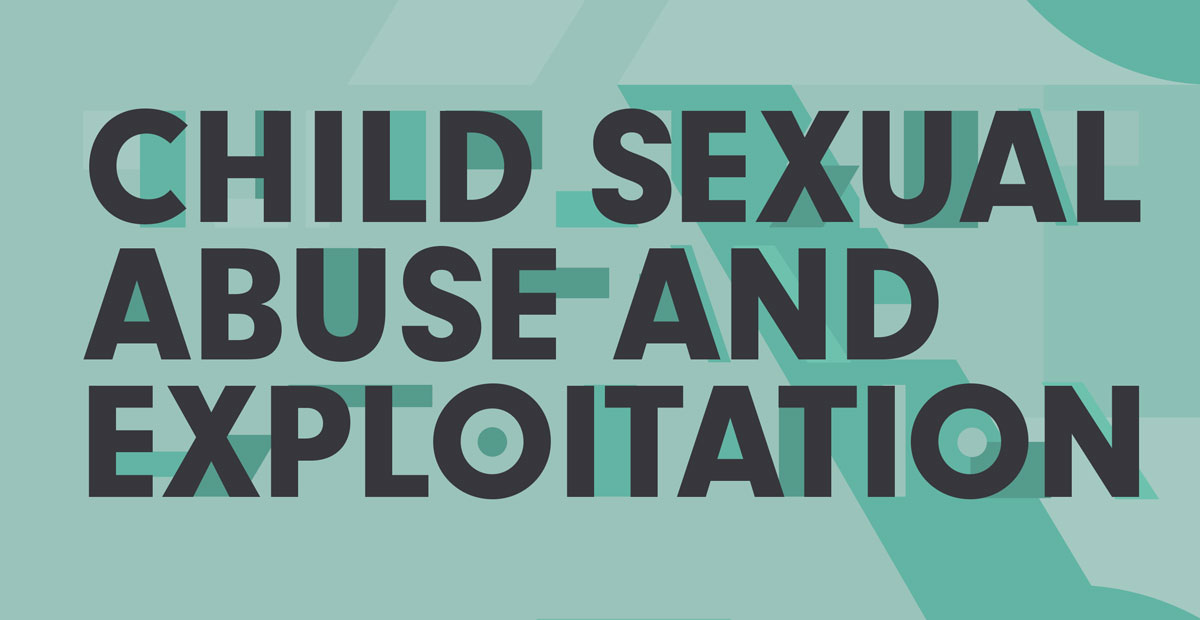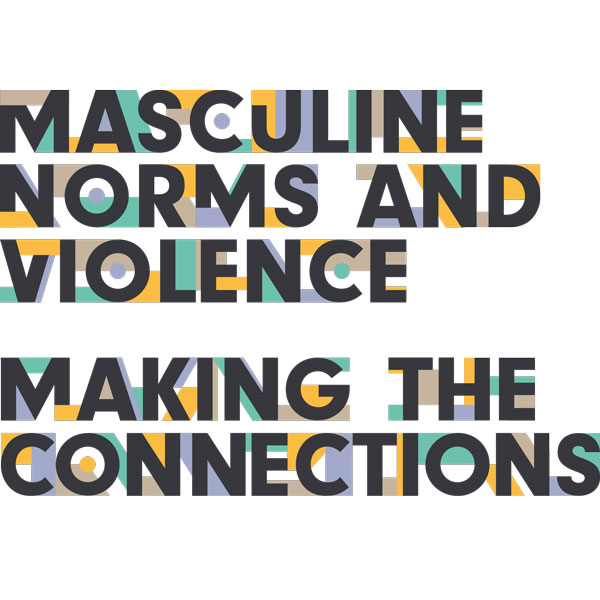
This blog is part of the Making the Connections series. Each blog focuses on one particular form of violence.
This year, Equimundo and Oak Foundation launched Masculine Norms and Violence: Making the Connections, a new report examining the links between harmful masculine norms and eight forms of violent behavior.
While there is nothing inherent about being male that drives violence, how we socialize boys into their identities as men and what we expect of them – that is, society’s masculine norms – are undeniably linked with violence. Indeed, boys and men are often raised, socialized, and encouraged to use violence in some form; on the whole, men and boys are disproportionately likely to both perpetrate most forms of violence and to die by homicide and suicide. However, the research affirms that this violence is preventable, gender equality is achievable, and nonviolent norms and ideas about manhood are prevalent and powerful.
This third blog in the Making the Connections series focuses on child sexual abuse and exploitation. It breaks down the facts on this issue, its linkages to other forms of violence, and recommendations for action.
Child Sexual Abuse and Exploitation
The Facts
Child sexual abuse and child sexual exploitation are distinct phenomena with distinct patterns of prevalence worldwide, with disagreement among scholars about overlaps and distinctions in causes underlying perpetration.
Rigorous multi-country estimates of the incidence and prevalence of child sexual abuse are rare, but all data point to the enormous scope of this violence and to the fact that perpetrators are overwhelmingly male.
The International Labour Organization estimates that 1.8 million children worldwide are sexually exploited every year.
The Links
Given the preponderance of evidence that perpetration of child sexual abuse is a nearly exclusively male behavior, research into gender norms and masculine norms as a root cause of this violence is fairly limited. Researchers of child sexual abuse frequently discuss social conditions and “social ecosystems” that shape, promote, or restrict sexually abusive behaviors against children. Much of the sexual-abuse literature also points to “antisocial orientation” or “antisocial behavior” as a major predictor of sexual assault and of recidivism among prior offenders. However, many characteristics of perpetrators cited as factors that increase the risk of perpetration resemble the harmful masculine norms discussed in this report, such as impulsivity, fighting, and excessive drinking.
Gender norms that associate manhood with heterosexual prowess and with access to, and control over, the bodies of women, girls, and boys also contribute to male perpetration of sexual exploitation. Trafficking of persons – and specifically the sexual exploitation of children (usually girls in most settings, but predominantly boys in some Central Asian settings) – is also related to masculine norms. Central to these processes is the strict regulation of women and girls’ sexual lives and the simultaneous hyper-sexualization of their bodies from an early age.
The Intersections
Social factors such as masculine norms interact with evolutionary, biological, and situational factors in underpinning perpetration of child sexual abuse. Patterns and perpetration of child sexual abuse present an important opportunity to apply a “gender lens,” particularly a focus on masculine norms, in future research. Furthermore, any understanding of the root causes of child sexual exploitation must go beyond the individual trafficker or consumer of sex; wider social acceptability of trafficking and sexual exploitation also plays a role. It is also important to emphasize that child sexual abuse overwhelmingly involves perpetrators who are related or known to the victim.
Generational effects of childhood experiences of sexual abuse are also clear; the incidence of sexual assault in the childhood of perpetrators is often significantly higher than in the general population.
From Theory to Practice
It is rare for work to prevent child sexual abuse and exploitation to incorporate gender-transformative approaches addressing harmful masculinities. Initiatives aiming to prevent child sexual abuse and exploitation should focus on the following transformations:
- Investigate and deconstruct the ways in which social norms related to masculinity may lead to the very antisocial tendencies and practices that are linked to the perpetration of child sexual abuse.
- Provide education on what child sexual exploitation is and on how unequal power dynamics operate in intimate and sexual relations between an adult and a minor.
- Demonstrate the broad, lasting, harmful effects of child sexual exploitation for children of all genders, and insist that it is never justified.
- Foster discussion and exploration of alternative masculinities and sexuality that provide healthy, nonviolent ideas of manhood delinked from sexual prowess, dominance, and control.
- Ask participants to name, recognize, and discuss the exploitative nature of transactional sex and how harmful gender norms inform this dynamic.
Read the rest of the Making the Connections blog series to learn more about intimate partner violence; physical violence against children; bullying; homicide and violent crime; non-partner sexual violence; suicide; and conflict and war.
